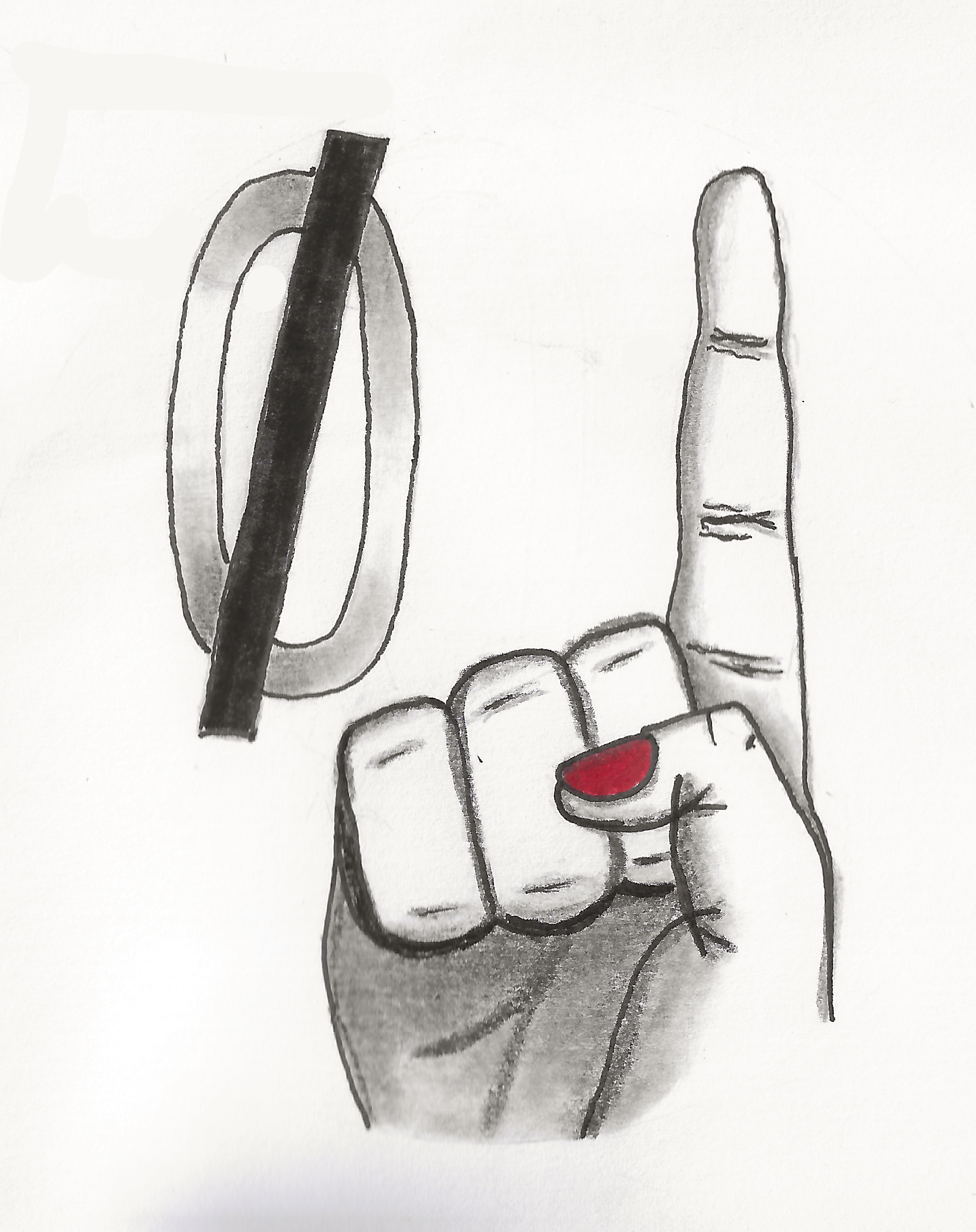“broken build” here likely refers to the phrase as defined by gamers to function as synonymous to “overpowered”.
As in, “the build is so broken you can’t/it is difficult to play against it”. This phraseology could be used by either an ally or an enemy, but it contextually changes connotation from positive for allies to negative for enemies.
Build is often used as a shorthand for a character’s combination of items, skills, and levels (as the various games define it).








fedora themed music starts playing
Do be do be do, bah
Do be do be do, bah